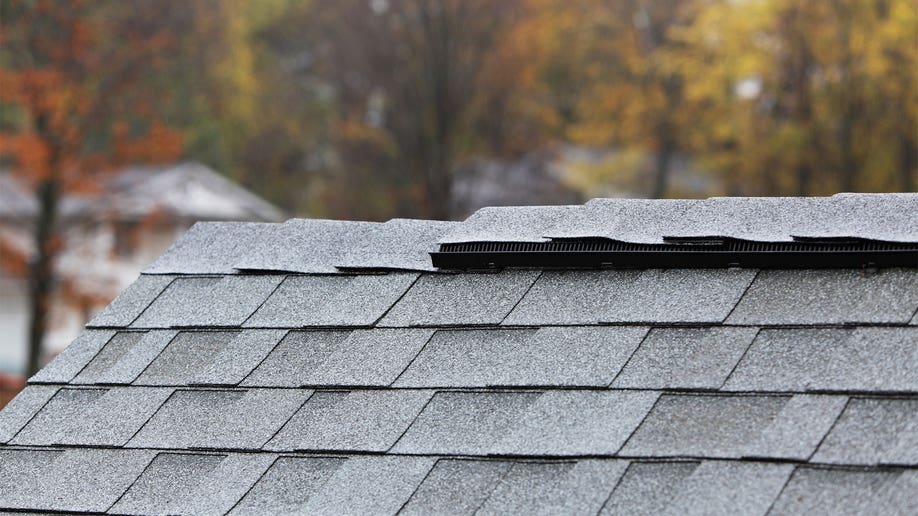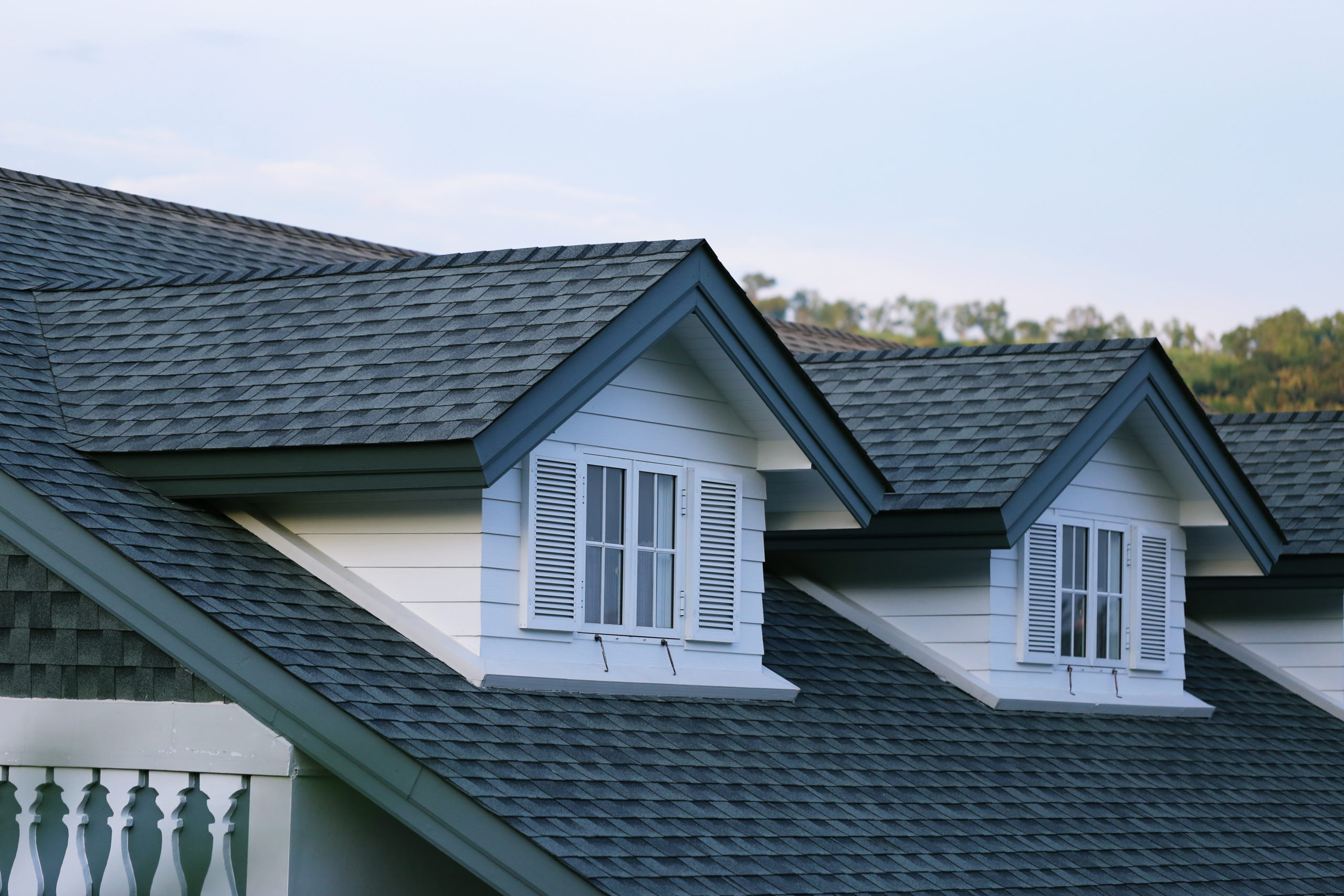

A roof valley is the “seam” of the roof where two sides of a roof connect.

The cons of this type of roof are that they are more expensive to build, as they require more building materials.Īlso, if not properly installed, they are more prone to water leaks through the valleys of the roof. Similarly, they also provide attic space or additional living space. Like Gable roofs, these roofs are great for snow and rain but are even more durable. Hip roofs are like Gable roofs, except that all four sides of the roof are sloped, at (typically) a less extreme angle. They can be built with adequate supports to make them more hurricane-safe, but they are still more susceptible to collapsing or being torn off the house if the overhang is caught by an updraft. The con of this type of roof is that they aren’t great for high-wind, hurricane-prone areas. On top of that, these roofs create attic space for storage and improve your home’s ventilation. Most importantly, because of their intense slope, rain and snow easily slough off the roof, preventing damage from water or weight. With a Box Gable roof, the roof hangs over the walls, and are built with a triangular cut-out that sits on top of your walls. Open Gable roofs sit flush with your walls which requires that two of your walls are built for a Gable roof. There are two types of Gable roofs: Box and Open. Gable roofs are one of the most popular roofs available, famous for their classic triangular shape. Below, we’ll go through some of the 9 different types of roofs and detail their pros and cons. Luckily for you, there is a veritable buffet of roof options available, you just have to pick one that makes sense for your home and its geographical location. If you’re going to be putting that much money down on one component of your house, you probably want to be sure that you’re getting the best roof available. On average, a residential roof replacement costs around $20,000. For each shape, a different construction technique, material and structural system.Whether you’re building a new home or updating your current place, a new roof can be quite expensive. In addition, we can also think of slabs with more organic lines, such as vaults or inverted arches. If, on the one hand, when deciding on a more functional roof, we can think mainly of flat slabs, on the other, when we think of simple roofs, we are faced with the choice of the number of gables, the direction of the slope or the type of tile. In addition, in some cases, roofs can perform other functions in a residential project, such as receiving house maintenance structures (housing solar panels or collecting rainwater for reuse) or even offering a space for living or leisure.īeyond its functionality, the aesthetic discussion is also part of choosing a roof.

First, it is important to understand that the roof performs the primary function of any shelter: to protect a given area from the weather and, in the case of cities, also from the stimuli of urban life. But, in addition to aesthetics, roofs need to meet the climatic conditions of where they are located, considering the periodic changes related to rain, sun and winds.Īlthough the imagery of the house is related to the traditional gable structure, there are many possibilities for coverings for a residential building. In addition to their primary function, roofs are one of the most fundamental elements in the aesthetics of a building, taking different shapes, being composed of different structures and sealed by different materials. Sustainability and Performance in Architecture The Future of Architectural Visualization


 0 kommentar(er)
0 kommentar(er)
